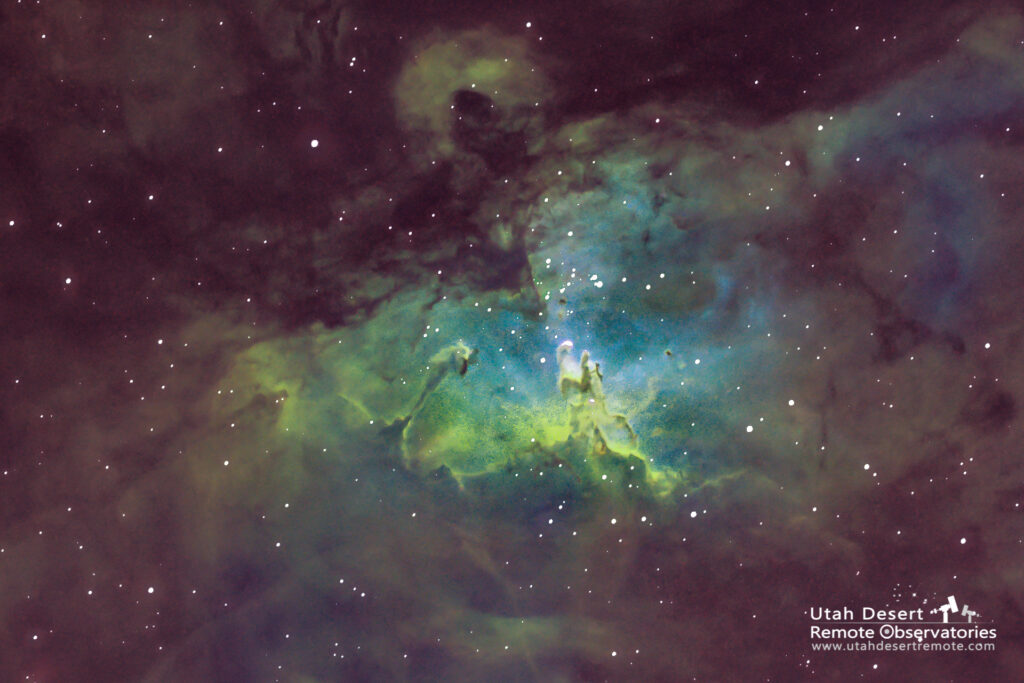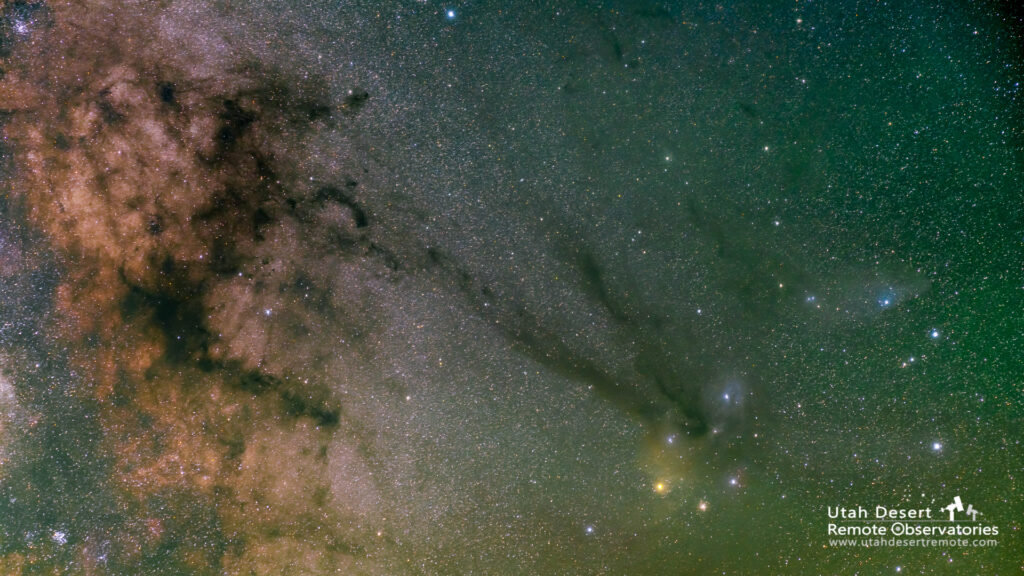
After spending the last few weeks dodging the moon, clouds and smoke I finally spent some quality time under the stars to get some images from the future site of Utah Desert Remote Observatories. The observatory hasn’t been built yet but the sky is still there patiently waiting to reveal its glory to those with a telescope and camera.
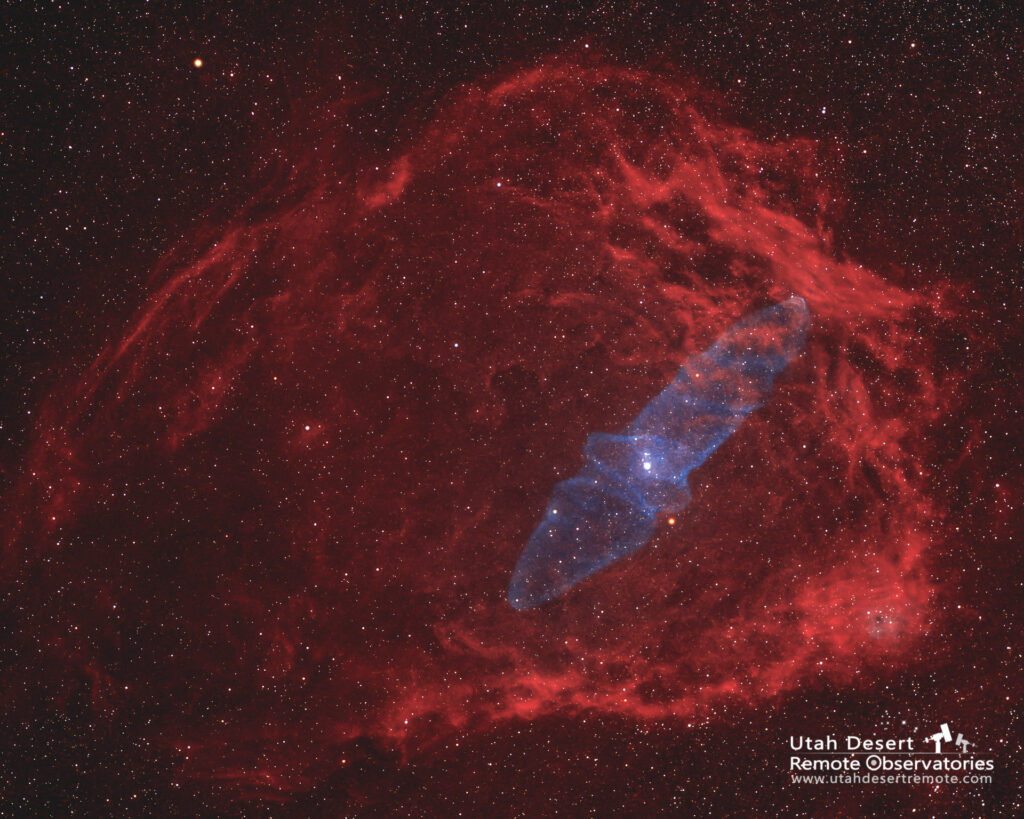
This image of the Flying Bat and Giant Squid Nebulae (SH2-129) is one of the toughest I’ve had to post process. Both Ha and Oiii have nine 1200 second subs with no calibration frames. The Ha portion is pretty straightforward but the Oiii signal is very faint and takes a lot of fussing around to tease it out from the background. This was photographed with a Takahashi FSQ106 on a Sky Watcher EQ6-R Pro mount and an ASI6200MM monochrome camera.
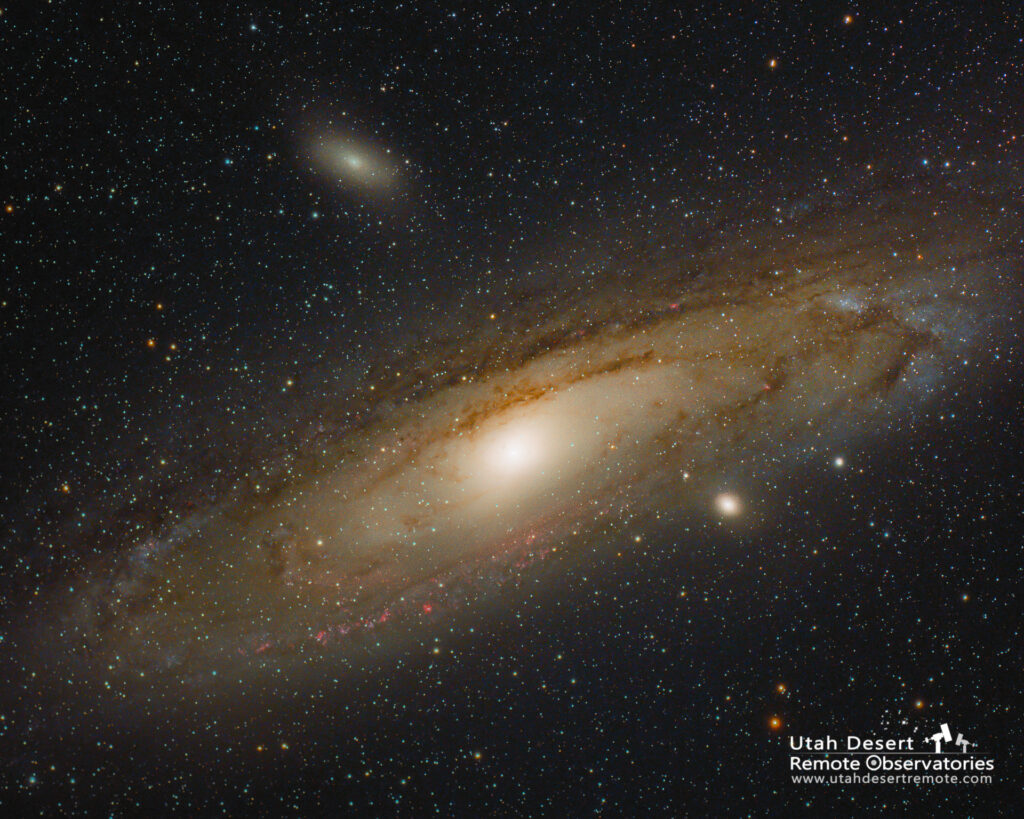
And that’s Andromeda, just like every one else shoots but it gave me an opportunity to try out the ASI6200MC Pro OSC color camera. This is only three 600 second frames with a little bit of Ha added from some earlier data.
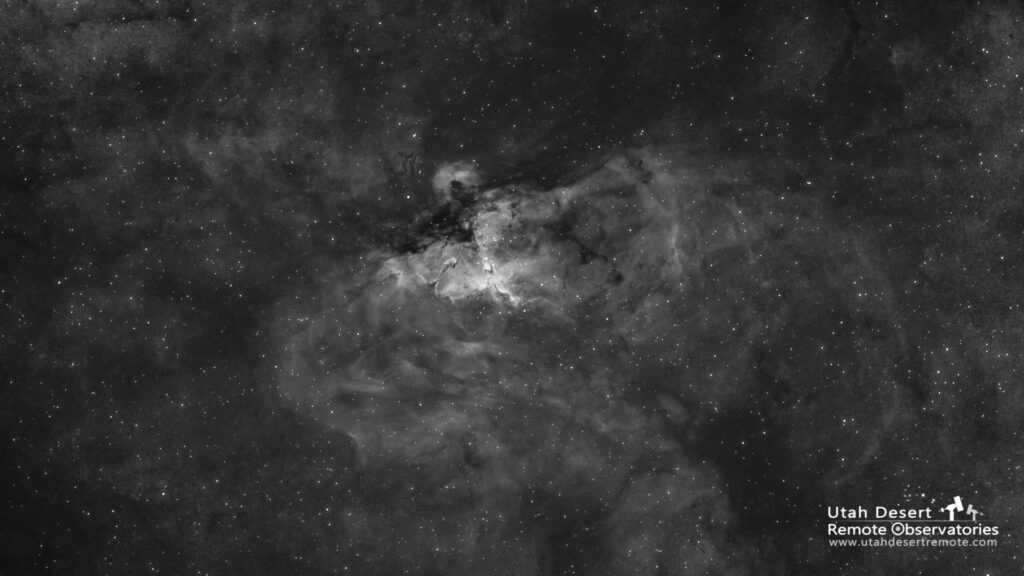
The Eagle Nebula M16 is great in the southern sky this time of year and I really like the way the B&W version shows the structure and detail in the gas clouds. But the Hubble palette was made for this target – literally. In 1995 Jeff Hester used the SHO color palette on a Hubble image of the Pillars of Creation which are at the heart of the Eagle. The goal is to show the details of the different elements through the use of color and mapping sulfur, hydrogen and oxygen to red, green and blue maximizes the color differences
